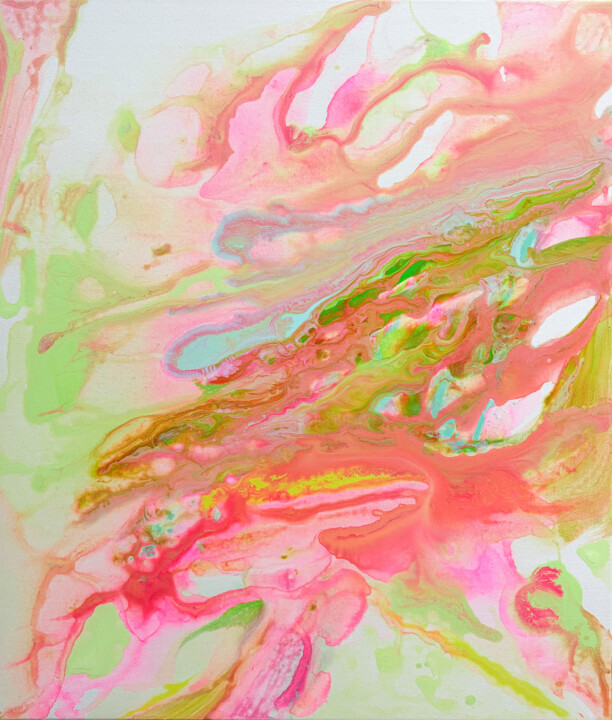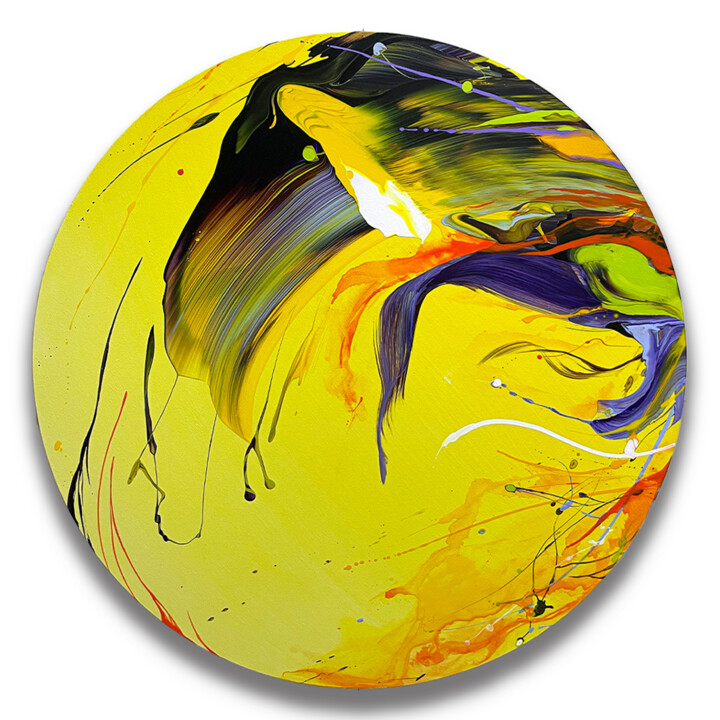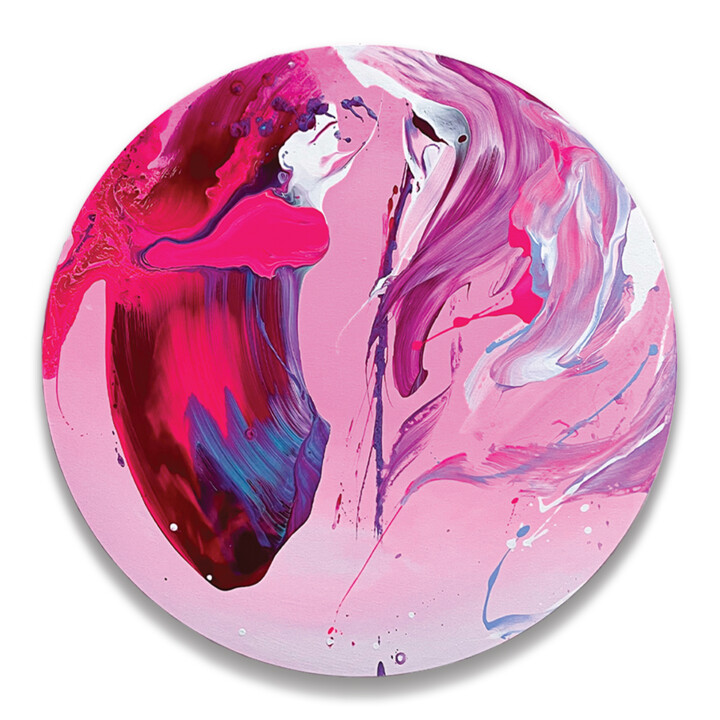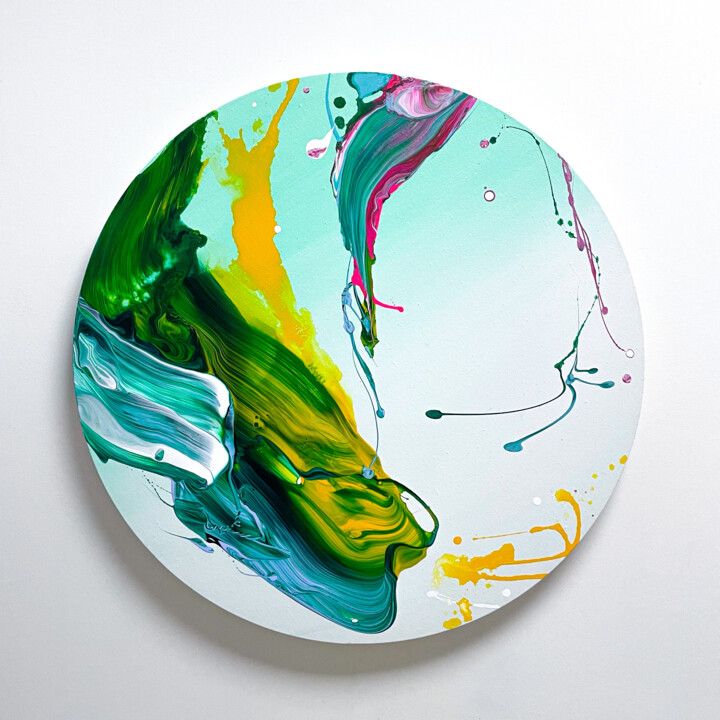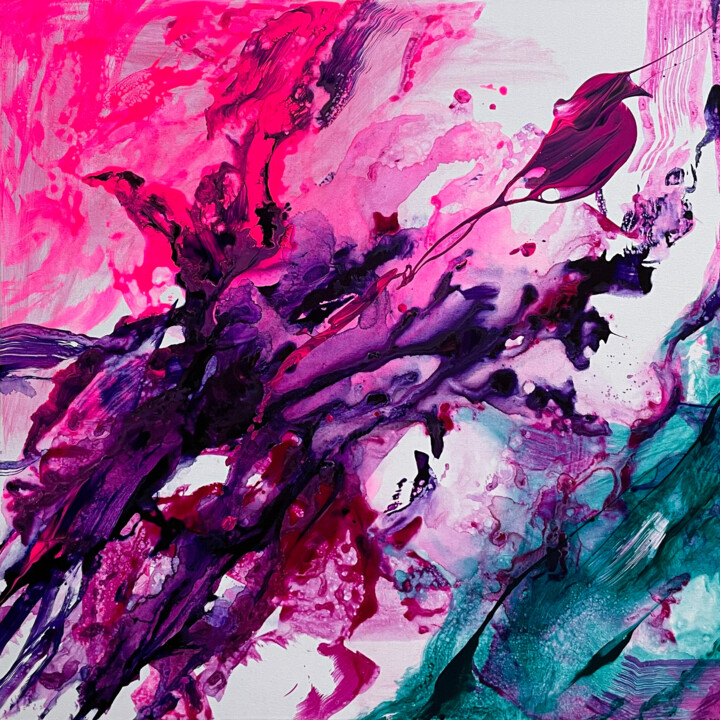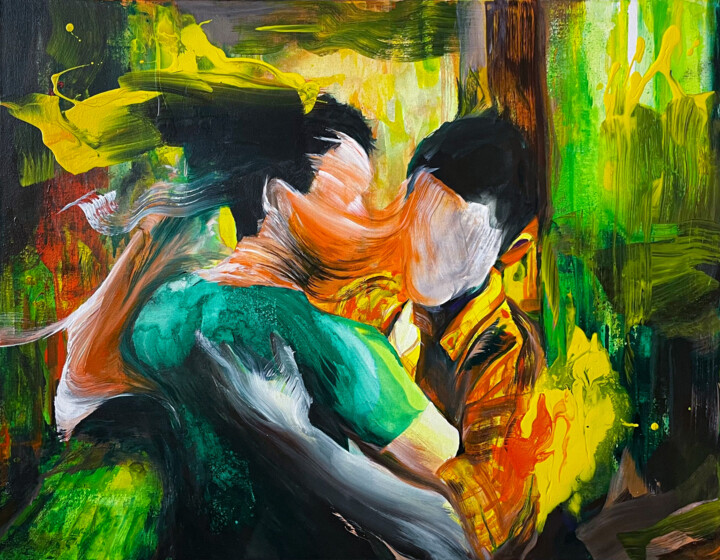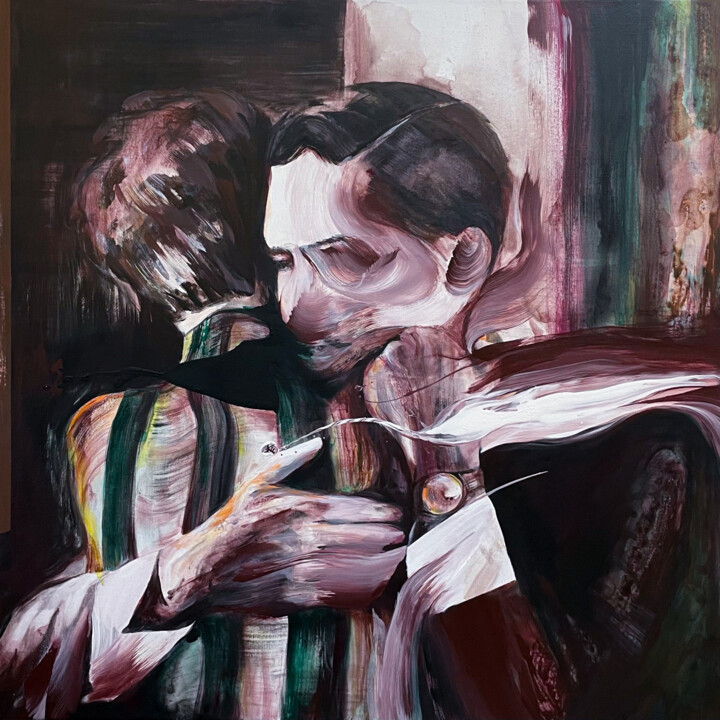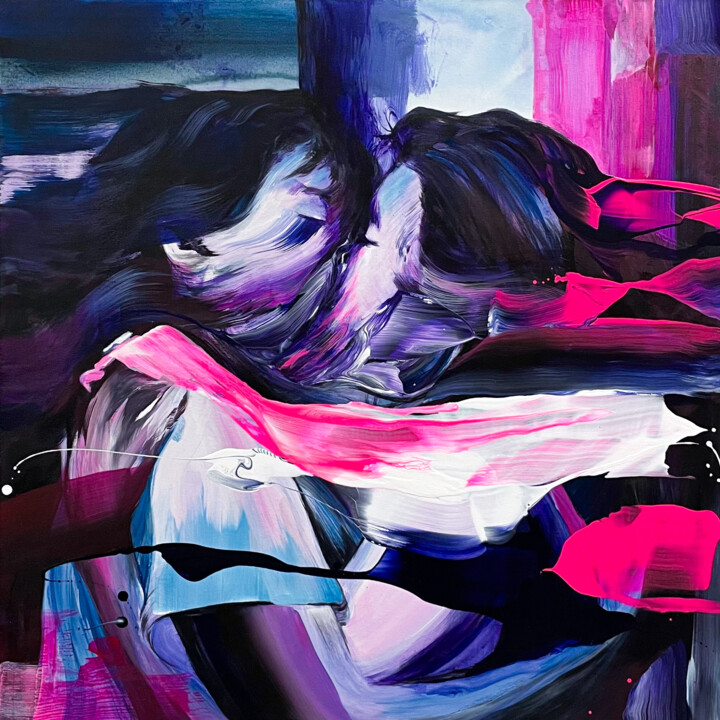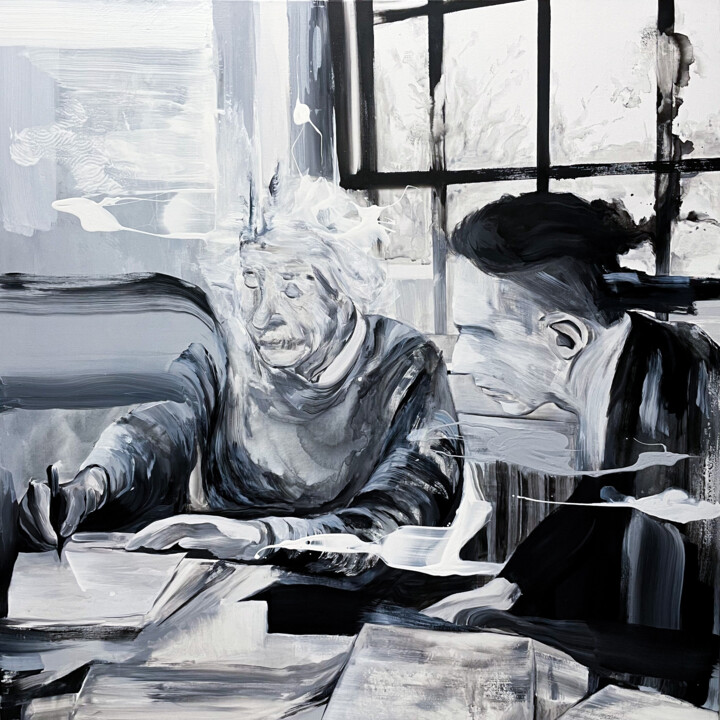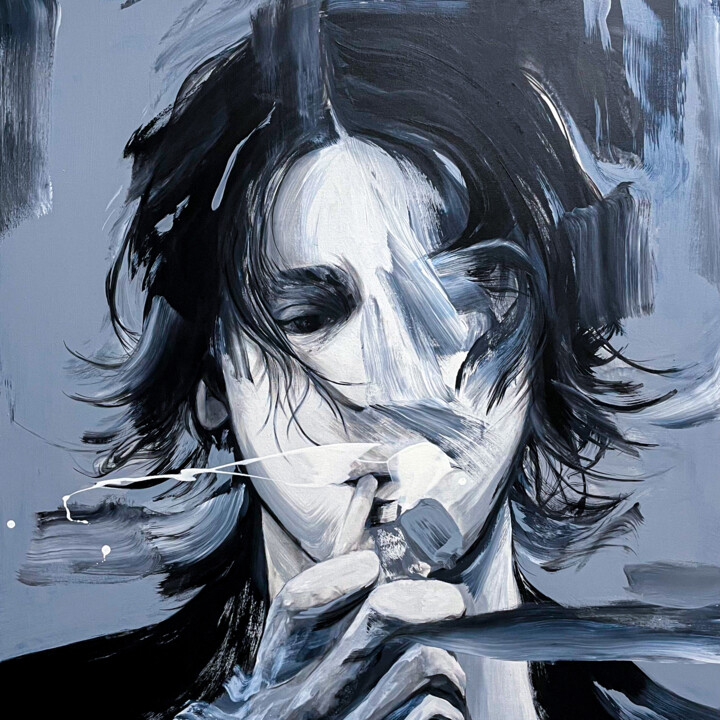What motivates you to make art and become an artist (events, feelings, experiences ......)?
I have loved drawing and creating art since I was a child.
The first time I remember creating art was when I finished kindergarten, when I destroyed the used kindergarten textbooks to create a cape. From then on, I also started to create different models using scrap paper to compose stories. It was not uncommon to fill up the walls and books of my house with different paintings. Later, in order to cope with exams and as I grew older, I put down my brush. It was not until I studied environmental and interior design that I started to paint again, and it was then that I started to use tools to express the world in my head.
In order to learn more skills and techniques, I taught myself watercolor portraits (and discovered that the world of painting was even bigger and more profound than what I had studied), so I devoted more time to painting and slowly found artists and works I liked from around the world. I slowly evolved from an illustrator to a painter. Day after day, I became addicted to color and abstract space and possibilities, which became a necessity in life.
What is your artistic background, technique and the subjects you have tried so far?
Zero artistic background, I've been learning from mistakes, self-learning online and looking for paintings and artists that have influenced me. Technically: Since I started from scratch, I taught myself different methods to find the right one for me, from pencil, pencil, watercolor, plastic, oil, sculpture, etc... Every process is a process of finding myself, and it is still the same now. Since I don't like to be limited, I always like new things, and when I have new ideas, I try to create in new ways.
Themes range from personal ideas, single line graffiti, abstract, abstract headshots (mainly), and nature.
What are the 3 aspects that make you different from other artists and make your work unique?
- Rich layers of abstract colors instead of portraits
- The portraits have a kind of life passing by with a sense of doubt and uneasiness.
- A unique texture made by cake framing to form a portrait mark
Where do you get your inspiration from?
A sense of powerlessness in life. The origins of people, the knots. The uncertainty, the ambiguity, the effect of doubt, the arrangement of colors in relation to colors, is also the face of the world as I see it. Being in a distorted time, we also smell distorted, an indictment of the helplessness of society.
What is your artistic approach? What illusion, feeling or sensation do you want to evoke in the audience?
I just provide space for the ambiguity between colors and colors, and I am always looking for "unexpected" discoveries when I create, as if I am in constant communication with myself, confronting and understanding my own vision of beauty until the unexpected moment comes.
What is the creation process of your works? Is it spontaneous or is there a long preparation process (technical, classical art inspiration or other)?
Spontaneous, with more emphasis on texture and color. The portrait is a tool for expressing ideas, finding a series of portraits with better lines and matching them with new color texture ideas. The addition of many colors creates contrast and ambiguity, bringing a sense of freshness. I also used a brush to draw the texture and a knife to create a sense of thickness to bring out the layers. The final touch was to embellish the portrait with a framing nozzle.
Do you use a special working technique? If so, can you explain it?
Prefer to work outside of traditional painting tools, shaping portraits with framing tools to create unique textures and shapes.
I also pour fluid plastic paint into a spatula to create strong color effects. Using both effects brings out a unique abstraction in the composition of the portrait, so you can see the textural effects created by different tools on the painting, which can be appreciated and appreciated from multiple perspectives.
Are there any innovative aspects in your work? Can you tell us which ones?
The use of quartz sand and powder (flour, raw flour) in the plastic color changes the texture to a rough matte surface, giving it an enhanced and unique texture (for paintings and sculptures) that is different from the texture of oil paintings and plastic colors, with a more rough clay-like touch but a brighter appearance. It is like a rough candy on the canvas.
Do you have a favorite format or medium? If so, why?
My favorite would have to be fluid plastic because I like the way it naturally takes on its own unique form, and I can't get very involved in the clash of colors, like the ripples that naturally change when water meets.
Format-wise, I like to show the same photo with different colors, like Andy Warhol. By using similar/identical portraits but with different colors, I experiment to satisfy my own ideas, so that the whole process of creation is pulled/conflicted between the limits and the limited, making its semi-abstract characteristics more clear.
Where do you produce your works? At home, in a shared studio or in your own studio? And in this space, how do you organize your creative work?
The works are all created at home, playing favorite music or movies, exploring the possibilities of abstraction through music and movies, allowing myself to be in the most relaxed state to conceive the collision of colors, and because the emotions of the moment affect the processing of colors.
It is easier to enter the messy world of abstraction by being tidy before creation. We choose the necessary colors, powders and tools with the rhythm of music, and mix, adjust and paint with the rhythm.
Does your job require you to meet new collectors, attend fairs or exhibitions? If so, what can you gain from it?
I know that every time I visit an art exhibition I get more inspiration and I can see many ambassadorial creations that I can apply to my own paintings.
Every time I visit an art exhibition, I leave with ambition, and I leave with a creative instinct, and I always leave with a strong desire to create. I hope one day to be one of those who are motivated by the exhibition.
How do you see your work and your career as an artist evolving in the future?
The freedom to express myself, to see people and things from a different perspective and time, and to reflect on myself, so that the dialogue of self becomes everyday (both understanding and unfamiliar). Art brings me more questions, which is necessary. I like to find out the truth about things and my view of the world, and put that uncertainty into my creation, and that imperfect perfection changes my view of life.
I hope that I can always let my creation be my spiritual food and livelihood at the same time, so that I can let go of my creation and painting until my death. In the future, I hope to create more different kinds of creations or redraw independent characters and make different sculptures. And in the future, I hope to find a more unique way to make pure abstract paintings as a mark.
What is the theme, style or technique of your latest artwork?
Looking at the beauty of the ancient Greek Roman period, I find that the current generation is regressing in its sense of beauty, which makes me wonder about the world: will beauty regress to its former peak state like the ancient Greek period? Then, is our regression to enhance beauty?
In addition, after 3.5 years of painting experience, I have reorganized myself by painting semi-abstract portraits using the technique I used to prefer, which is more ambiguous in terms of fluidity and solidity, and not only exists alone in the past, but also influences each other, making the portraits more sublime.
Can you tell us about your most important exhibition experience?
I have been exhibiting my work in Norway since two years ago, but I was unable to visit the gallery due to the epidemic. Next month there will be a group exhibition of my latest paintings and sculptures, which will be one of the more important exhibitions in my career. From this year onwards, there will also be group exhibitions of some of the works in different parts of the city.
If you could create a famous work in art history, which one would you choose? Why?
Mona Lisa. Because it would last longer in the world and the work would influence different generations.
It is also my wish as a creator, to leave a mark on the world to inspire others.
If you could invite a famous artist (dead or alive) to dinner, who would it be? How would you suggest that they spend the evening with you?
Van Gogh. The most talented and sincere painter of all time.
A simple greeting would end the evening with a portrait of each other after dinner.

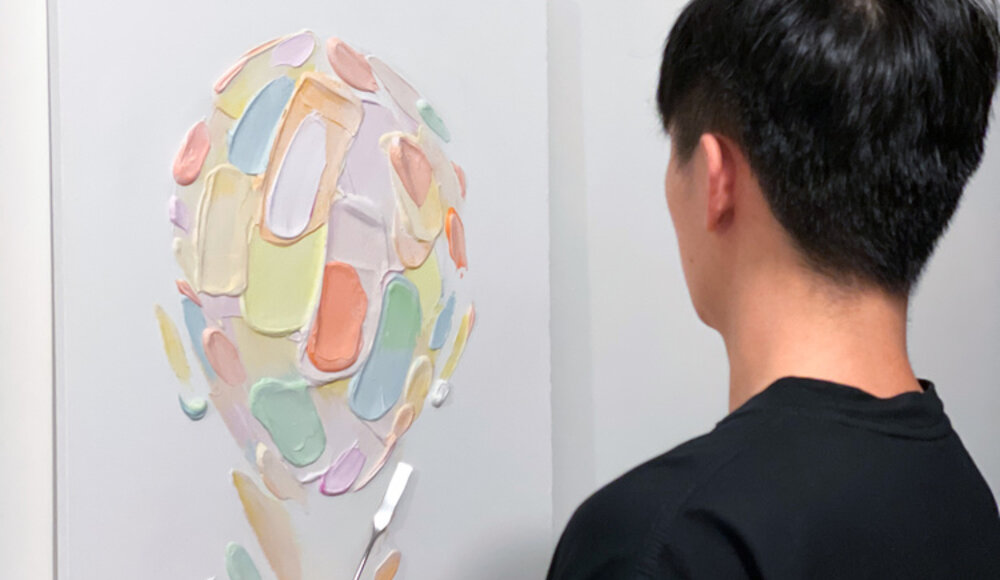





 Olimpia Gaia Martinelli
Olimpia Gaia Martinelli



